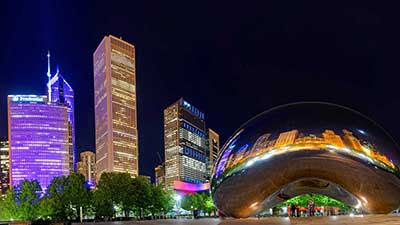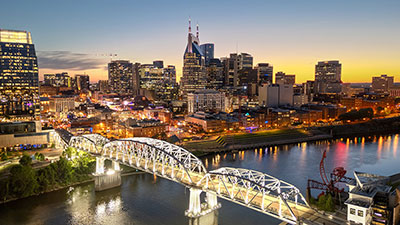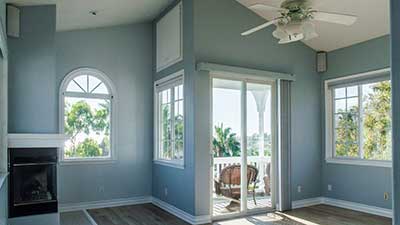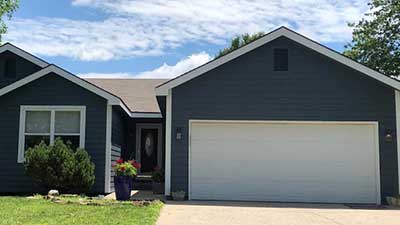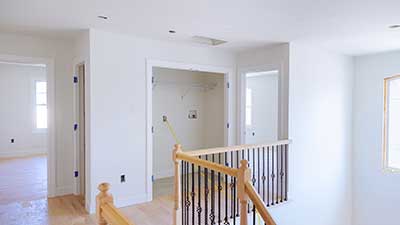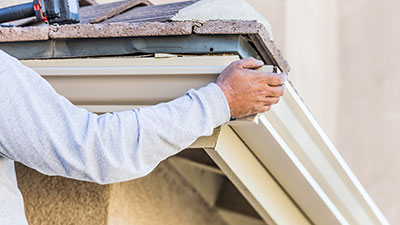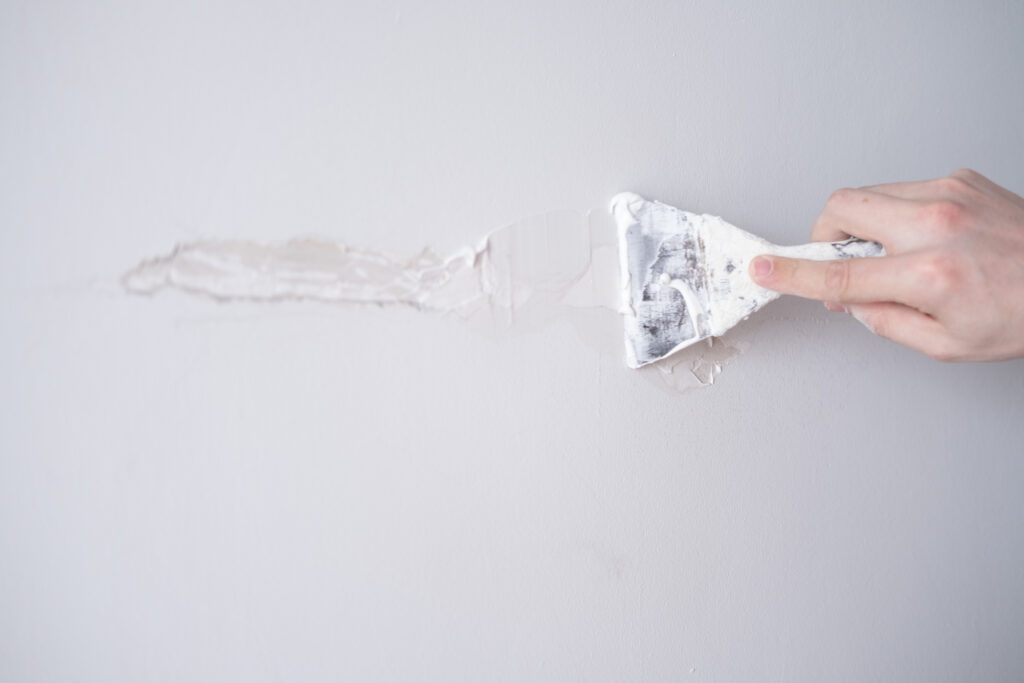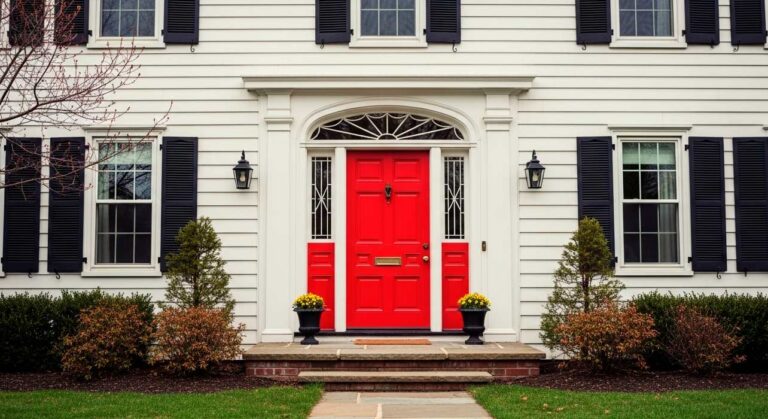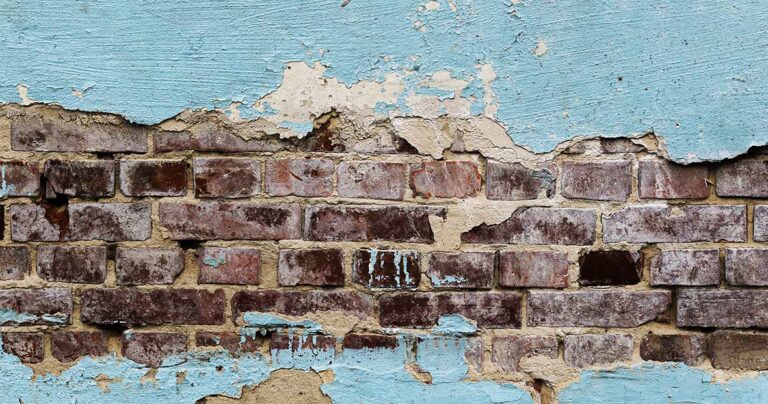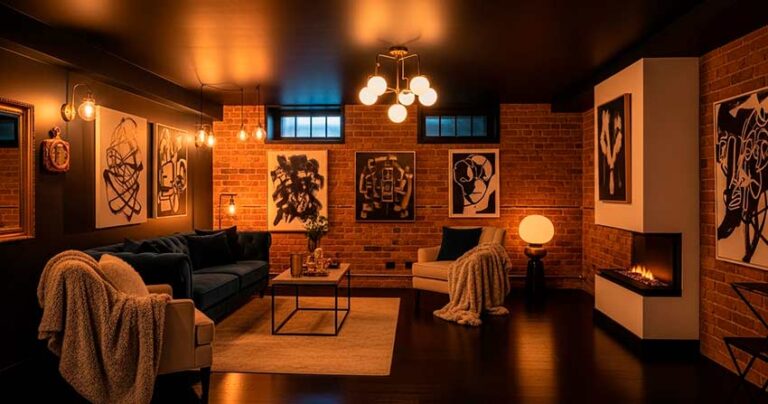When starting a painting project, choosing between different paint types can be confusing, especially when trying to find the right shade, such as a calming light grey for a bedroom. With drywall, the choice of paint affects not only the look but also how long the paint lasts and how easy it is to apply. The challenge is to select the best type of paint, primer, and finish to not only cover the walls but also to enhance them.
Understanding Drywall and Its Painting Needs
Drywall is commonly used in building construction and poses specific challenges for painting. Its porous nature can lead to uneven paint absorption, which can result in a less than ideal finish. Before using semi-gloss paint or applying flat paint, it’s important to understand the properties of drywall and how to effectively prepare it for painting.
Preparing Drywall for Painting
Imagine painting directly on a new canvas. The thrill of the first stroke, the anticipation of the outcome. Now, apply that excitement to new drywall, but pause — is it ready for its transformation? Preparing drywall for paint is an art in itself, one that requires attention to detail and patience.
Inspect and Repair: Before dreams of light grey walls begin, inspect the drywall surface for any signs of trouble. Drywall mud, used to smooth over joints and screws, can sometimes leave behind imperfections. A careful examination followed by a meticulous application of joint compound can ensure your canvas is flawlessly smooth.
Clean and Dust Off: After sanding down the repairs, you’re left with a fine powder coating every inch of the surface. Vacuuming is your first step in dust removal, followed by a wipe-down with a damp cloth. This not only cleans but also slightly dampens the surface, making the application of primer more even.
Sanding for Smoothness: With the surface clean, a gentle sanding ensures any remaining bumps are banished. This step is about finesse, not force, to achieve that perfectly smooth base for your paint.
The Role of Primer: Selecting the right drywall primer type is crucial; a latex-based primer offers ease of use and quick drying times, while an oil-based primer provides unparalleled durability, especially in high-moisture areas.
Choosing the Right Primer: With brands like Sherwin Williams offering a range of options, it can be tempting to pick one and go. However, the choice of primer should be deliberate, influenced by the condition of your drywall and the finish you seek
Selecting the Best Paint for Drywall: Pros and Cons
Now, to the main event: choosing your paint. The drywall paint type you select can dramatically affect the look and longevity of your walls.
Latex Paint: The go-to for most DIY enthusiasts and professionals alike, latex paint is celebrated for its ease of use and clean-up. It’s water-based, making it less odorous and quicker to dry than its oil-based counterparts.
Oil-Based Paint: For areas that demand toughness, like kitchens or high traffic areas, oil-based paint is worth considering. Its resilience to wear and tear is unmatched, offering a hard finish that repels stains and scuffs.
The Painting Process: A Step by Step Guide
- Preparing the Drywall: Before anything else, giving your drywall the attention it deserves sets the stage for everything that follows. From filling in any dings and sanding the surface to removing all traces of dust, every step is vital.
- Priming the Drywall: Now, onto priming. Why prime drywall, you ask? Imagine trying to paint directly on a sponge; that’s what unprimed drywall is like. Primer acts as a barrier, preventing the drywall from soaking up your paint. By choosing to prime drywall, you’re not just saving on paint but also ensuring an even coat and vibrant color that lasts.
- Applying the First Coat: With the groundwork laid, it’s time for the paint to make its debut. The first coat might seem underwhelming, but patience is key. It’s laying the foundation for what’s to come.
- Second Coat and Beyond: Depending on the drywall paint type and color, a second coat often makes all the difference, transforming patchy walls into smooth, even canvases of color.
- The Final Cure: After the last layer of paint has been applied, the waiting game begins. Curing isn’t quick, but it’s a critical phase where paint solidifies, adhering to your wall in a durable finish that can withstand the test of time.
Common Challenges
Even with careful preparation, you might face some issues. High humidity can slow down the drying process, and sometimes the paint may not apply as smoothly as you want. Knowing how to handle these challenges can help you make sure your drywall painting project turns out well.
Mistakes to Avoid
- Skipping Steps: Tempting as it may be to paint directly without priming, or skimp on preparation, these shortcuts can lead to peeling paint and unsatisfactory results.
- Rushing the Process: Good things take time, especially when it comes to painting drywall. Allow ample time for each step, from prep to final curing.
Conclusion
Achieving a professional-looking paint job on drywall requires attention to detail through each phase of preparation, priming, and painting. By following these steps and using the right materials, you can ensure a durable and attractive finish on your drywall surfaces. Remember, In painting drywall, the adage “preparation is key” has never been truer.
FAQs
What type of paint gives the best results on drywall?
For drywall, a high-quality latex paint ensures smooth application and durable results, making your walls look their best.
How do I choose the right finish of paint for my drywall?
Consider the room’s use; semi-gloss is great for moisture resistance in kitchens and bathrooms, while flat or matte finishes are ideal for living areas and bedrooms for a soft, glare-free look.
Is there a specific brand of paint that works best on drywall?
While specific brands like Sherwin Williams and Benjamin Moore are highly recommended for their quality, the best choice depends on your project needs and budget.
How do I prepare my drywall for painting to ensure the best finish?
Properly prepare drywall by cleaning, repairing any imperfections with drywall mud, sanding smoothly, and applying a high-quality primer before painting for the best finish.
Can I use oil-based paint on drywall for a richer finish?
Yes, you can use oil-based paint on drywall for its depth and durability, but don’t forget a high-quality primer to ensure proper adhesion and longevity.

